Researchers say the new MDS attacks are ‘worse than Spectre.’
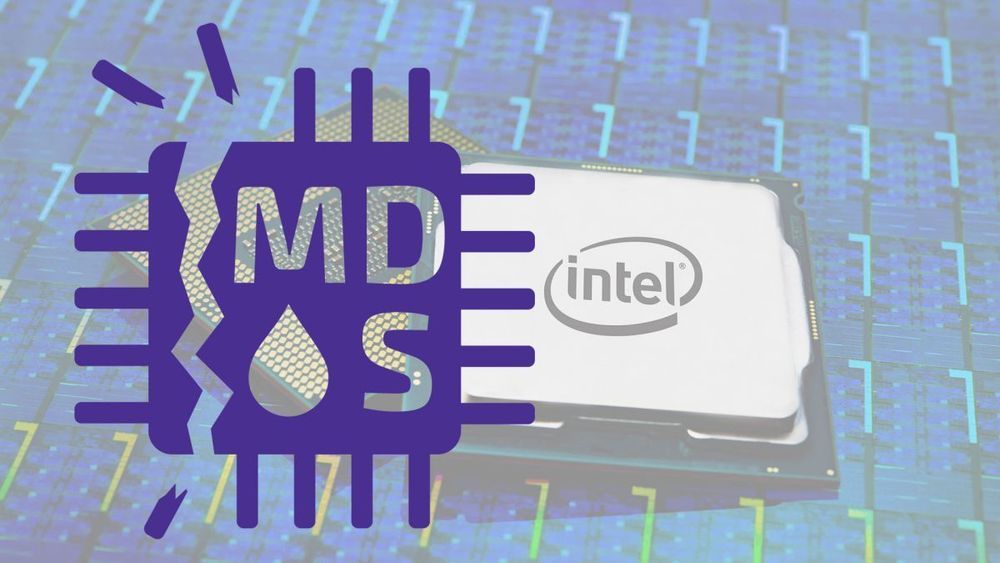

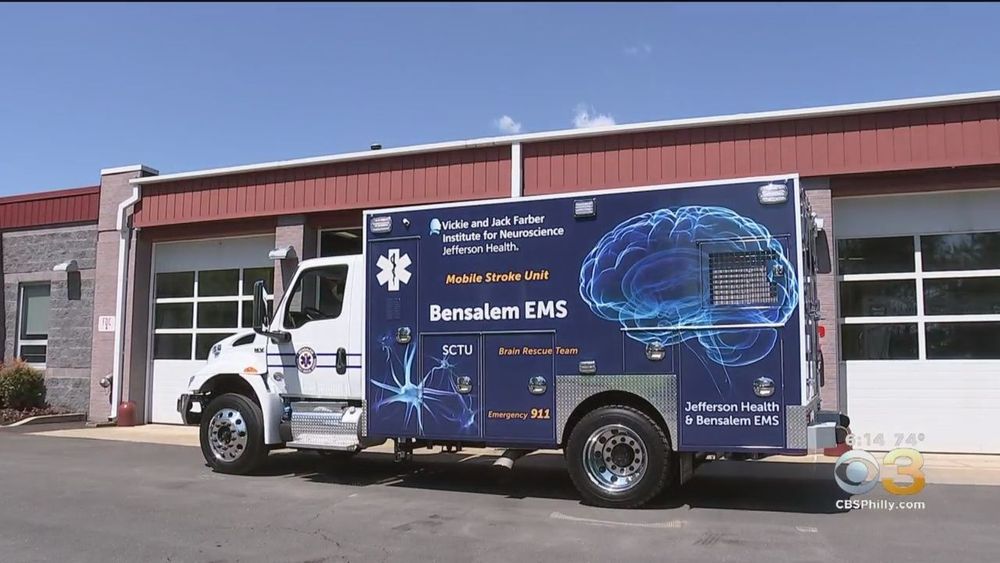
BENSALEM, Pa. (CBS) — It could be the difference between life and death. A mobile rescue squad was unveiled Thursday in Bucks County.
Every 40 seconds, someone in the United States has a stroke. Survival depends on quick treatment. Now, instead of racing to the hospital, a mini, specialized hospital on wheels can come to you.
“We’re the first university medial center in our region to have this,” Jefferson neurosurgeon Dr. Robert Rosenwasser said.
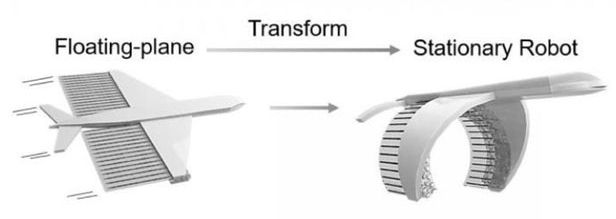
An ever-increasing number of research groups are developing tiny robots, capable of performing targeted drug-delivery inside the body. One of the latest such devices incorporates a flapping whale-flukes-like tail, along with wings that fold up or down as needed.

These studies show that older adults who frequently pick up a puzzle tended to have the short-term memory capacity of someone eight years their junior and the grammatical reasoning of someone ten years younger.
“We hope this will encourage people to consider how they challenge their brain on a regular basis, and perhaps consider taking up puzzles or evidence-based brain training games as part of a lifestyle approach to keep their brains healthy,” Corbett tells Inverse.
Corbett’s study is one of a few showing that frequent engagement with puzzles has lasting effects on memory and cognitive decline, the slow loss of memory and other problem-solving skills that accompany aging (and is also a feature of brain diseases like Alzheimer’s). Other studies include the Bronx Aging study, which showed that dementia patients who did crossword puzzles started to lose their memory about 2.54 years later than those who didn’t do crosswords.
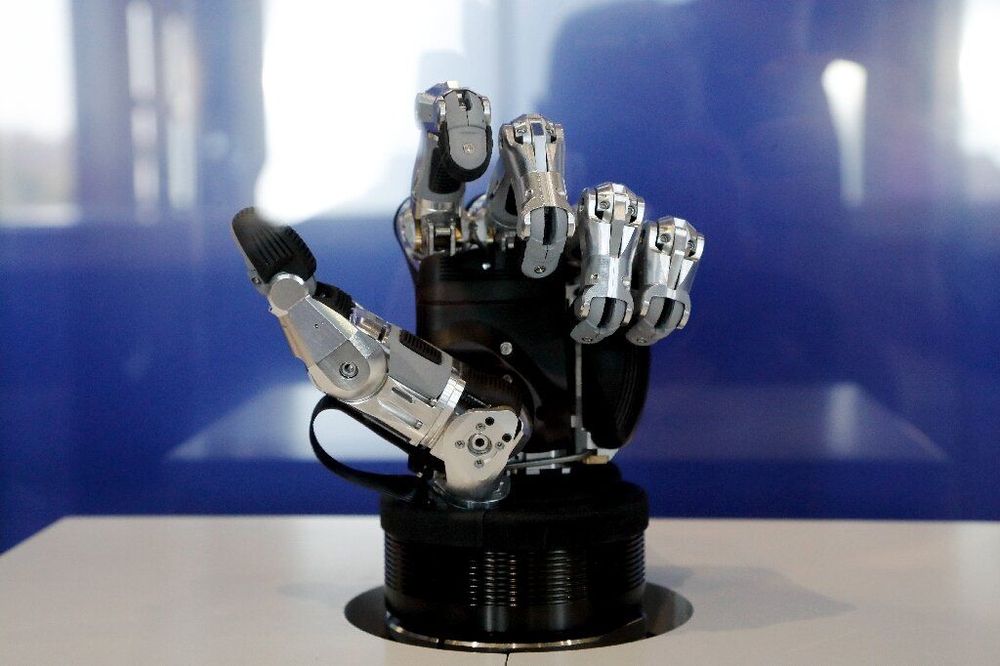
Decades after Isaac Asimov first wrote his laws for robots, their ever-expanding role in our lives requires a radical new set of rules, legal and AI expert Frank Pasquale warned on Thursday.
The world has changed since sci-fi author Asimov in 1942 wrote his three rules for robots, including that they should never harm humans, and today’s omnipresent computers and algorithms demand up-to-date measures.
According to Pasquale, author of “The Black Box Society: The Secret Algorithms Behind Money and Information”, four new legally-inspired rules should be applied to robots and AI in our daily lives.

Air pollution is responsible for millions of deaths every year, worldwide. According to a State of Global Air report, air pollution is the fifth greatest global mortality risk.
“Air pollution is the fifth highest cause of death among all health risks, ranking just below smoking; each year, more people die from air pollution related disease than from road traffic injuries or malaria.”
No wonder, then, that when Google.org issued an open call to organizations around the world to submit ideas for how they could use AI for societal challenges, Google chose one of the 20 winning organizations as one that was out to address pollution.
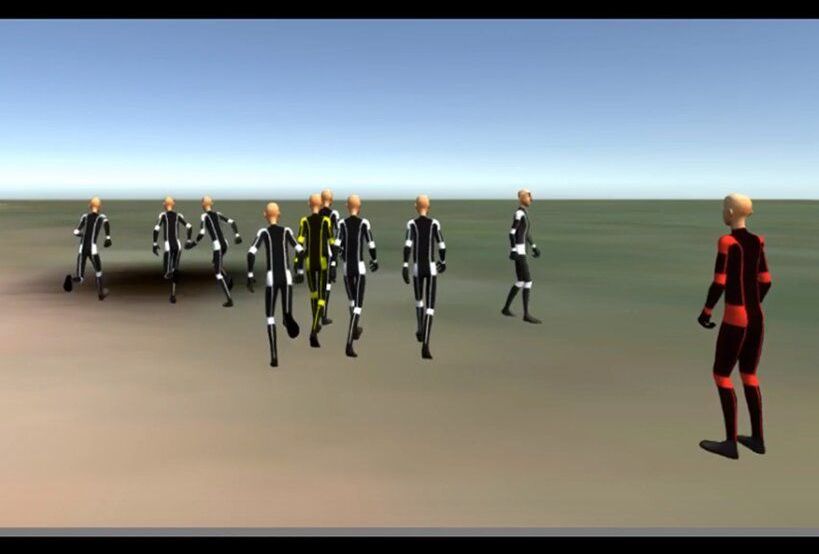
Researchers at Pontifical Catholic University of Rio Grande do Sul have recently carried out a study aimed at evaluating people’s perceptions of geometric features, personalities and emotions presented in video sequences with virtual humans. Their study, outlined in a paper pre-published on arXiv, merges computer science tools with psychology research practices.
“Our recent work is part of a larger project in collaboration with the psychology department at our university,” the researchers told TechXplore, via email. “The main idea is to investigate emotions, personalities and cultural aspects detection in pedestrians and crowds from video sequences. In the context of the present paper, this research involving perception comes from the need to know if users can perceive emotions and personalities in virtual characters and if camera’s position or type of character can influence their perception.”
For their experiments, the researchers adapted a dataset that contained tracking files of pedestrians captured in spontaneous videos, changing humans in the footage into identical virtual characters. Their goal was to evaluate whether people who watched the footage could focus on the behavior of the virtual humans in the videos instead of being distracted by other features.

Physicists have demonstrated a new way to obtain the essential details that describe an isolated quantum system, such as a gas of atoms, through direct observation. The new method gives information about the likelihood of finding atoms at specific locations in the system with unprecedented spatial resolution. With this technique, scientists can obtain details on a scale of tens of nanometers—smaller than the width of a virus.
Experiments performed at the Joint Quantum Institute (JQI), a research partnership between the National Institute of Standards and Technology (NIST) and the University of Maryland, use an optical lattice—a web of laser light that suspends thousands of individual atoms—to determine the probability that an atom might be at any given location. Because each individual atom in the lattice behaves like all the others, a measurement on the entire group of atoms reveals the likelihood of an individual atom to be in a particular point in space.
Published in the journal Physical Review X, the JQI technique (and a similar technique published simultaneously by a group at the University of Chicago) can yield the likelihood of the atoms’ locations at well below the wavelength of the light used to illuminate the atoms—50 times better than the limit of what optical microscopy can normally resolve.

Computer scientists at The University of Texas at Austin have taught an artificial intelligence agent how to do something that usually only humans can do — take a few quick glimpses around and infer its whole environment, a skill necessary for the development of effective search-and-rescue robots that one day can improve the effectiveness of dangerous missions. The team, led by professor Kristen Grauman, Ph.D. candidate Santhosh Ramakrishnan and former Ph.D. candidate Dinesh Jayaraman (now at the University of California, Berkeley) published their results today in the journal Science Robotics.
Most AI agents — computer systems that could endow robots or other machines with intelligence — are trained for very specific tasks — such as to recognize an object or estimate its volume — in an environment they have experienced before, like a factory. But the agent developed by Grauman and Ramakrishnan is general purpose, gathering visual information that can then be used for a wide range of tasks.
“We want an agent that’s generally equipped to enter environments and be ready for new perception tasks as they arise,” Grauman said. “It behaves in a way that’s versatile and able to succeed at different tasks because it has learned useful patterns about the visual world.”
